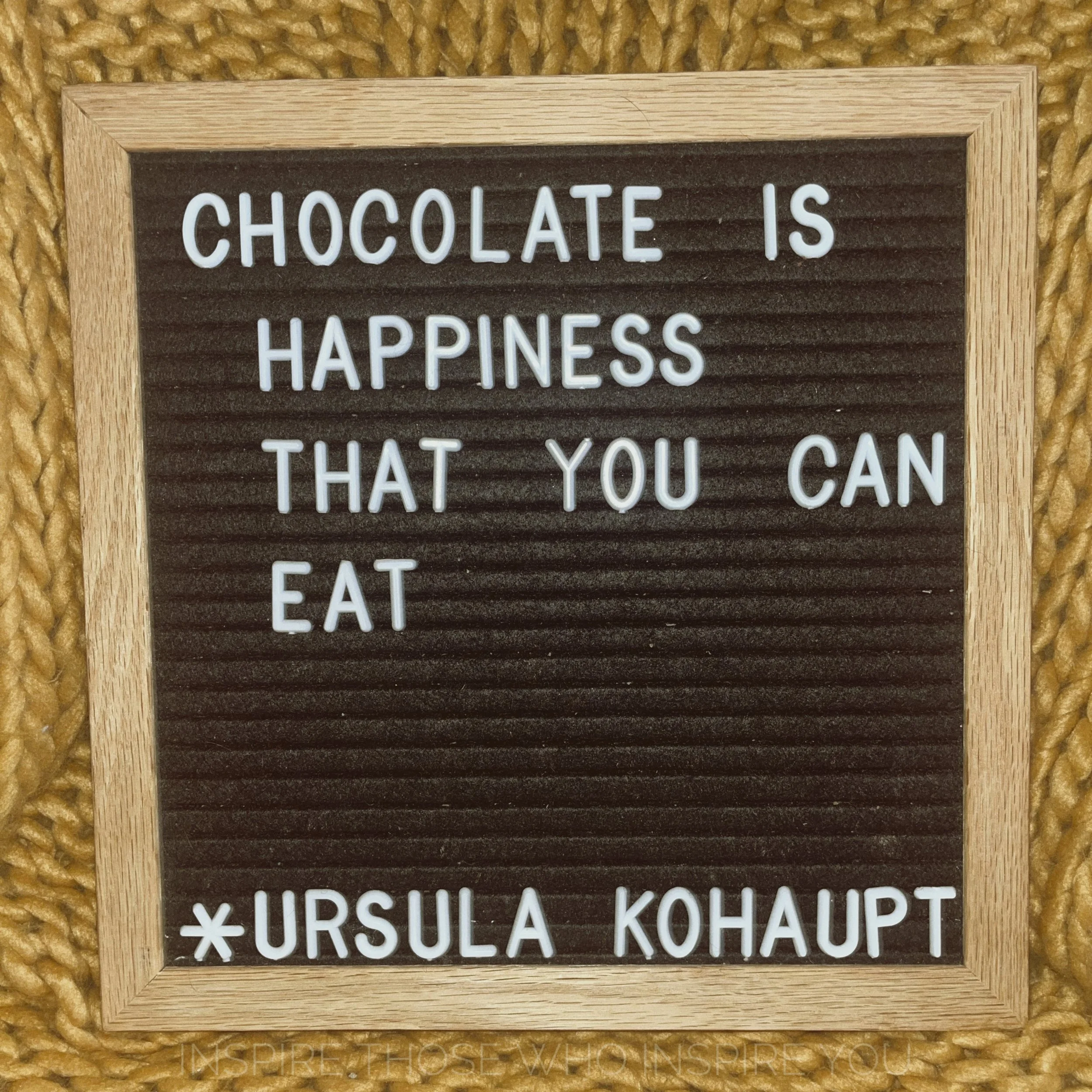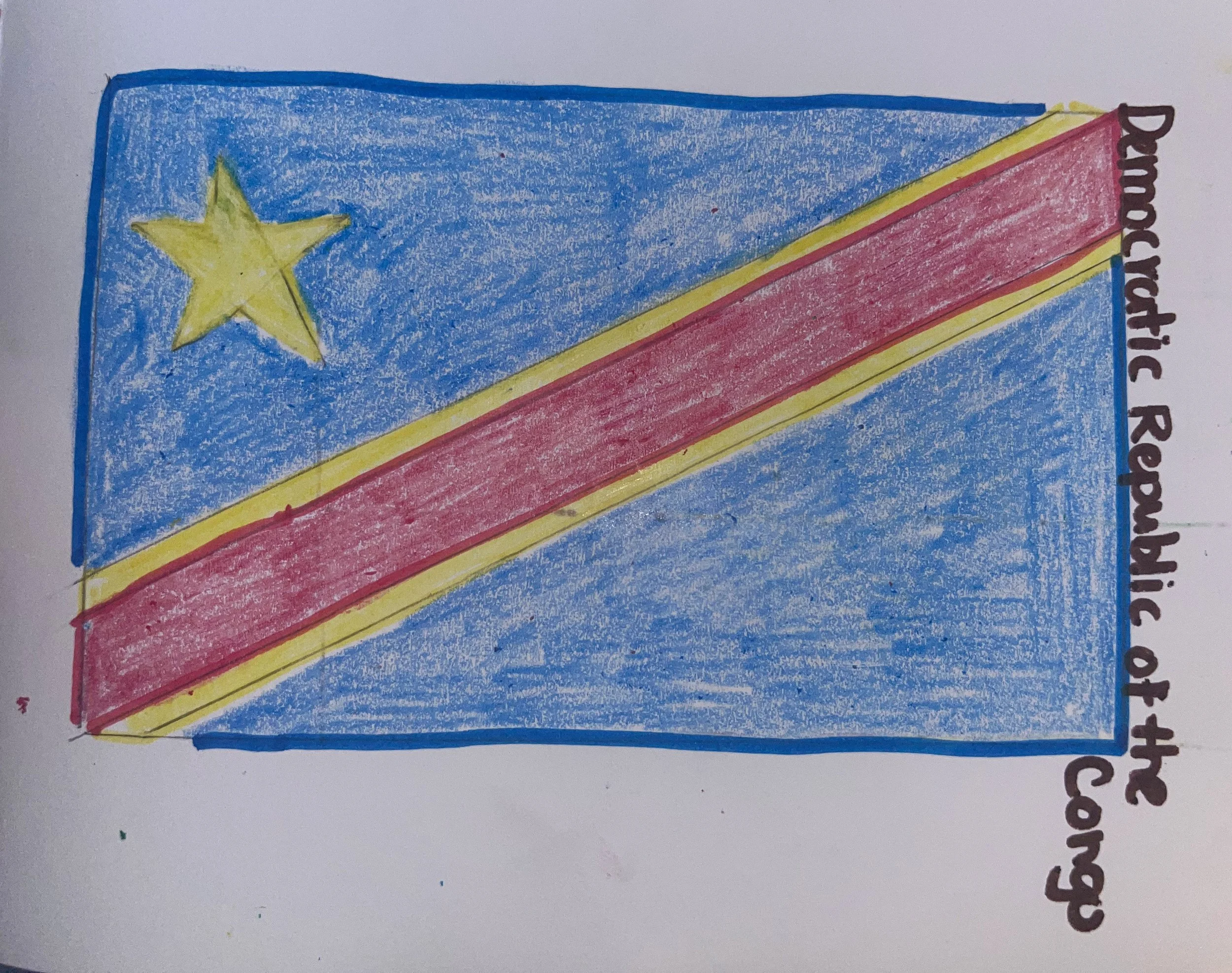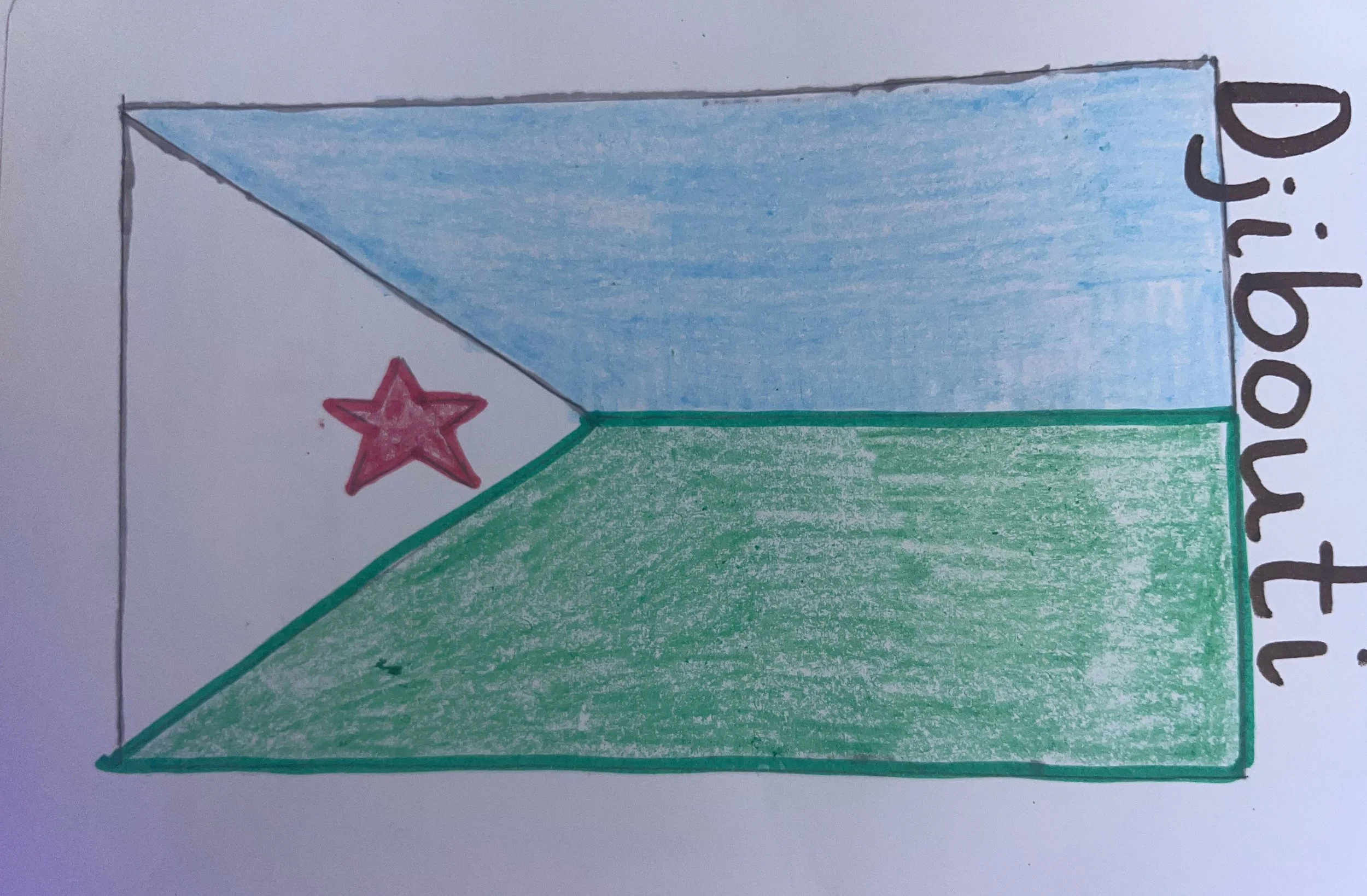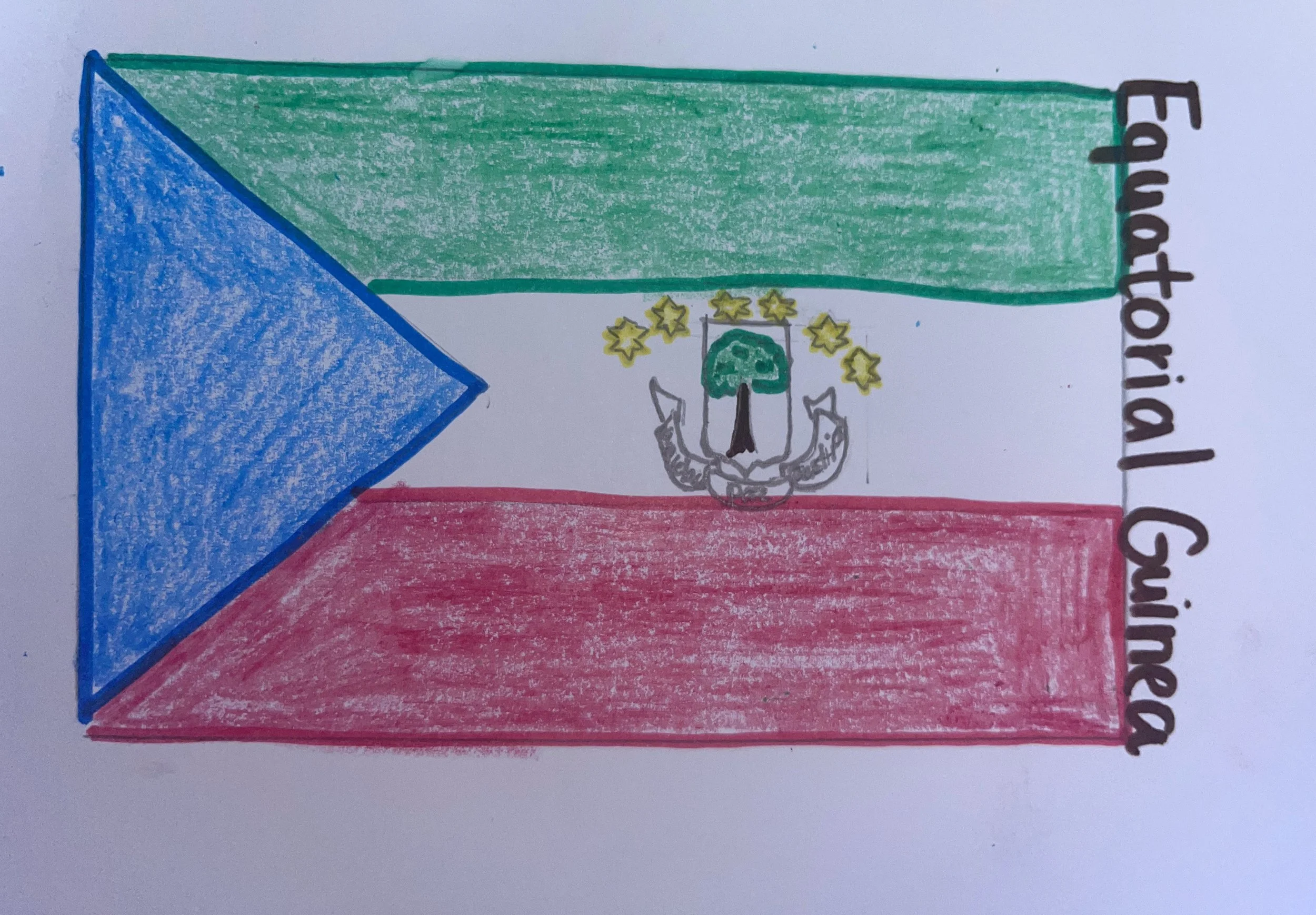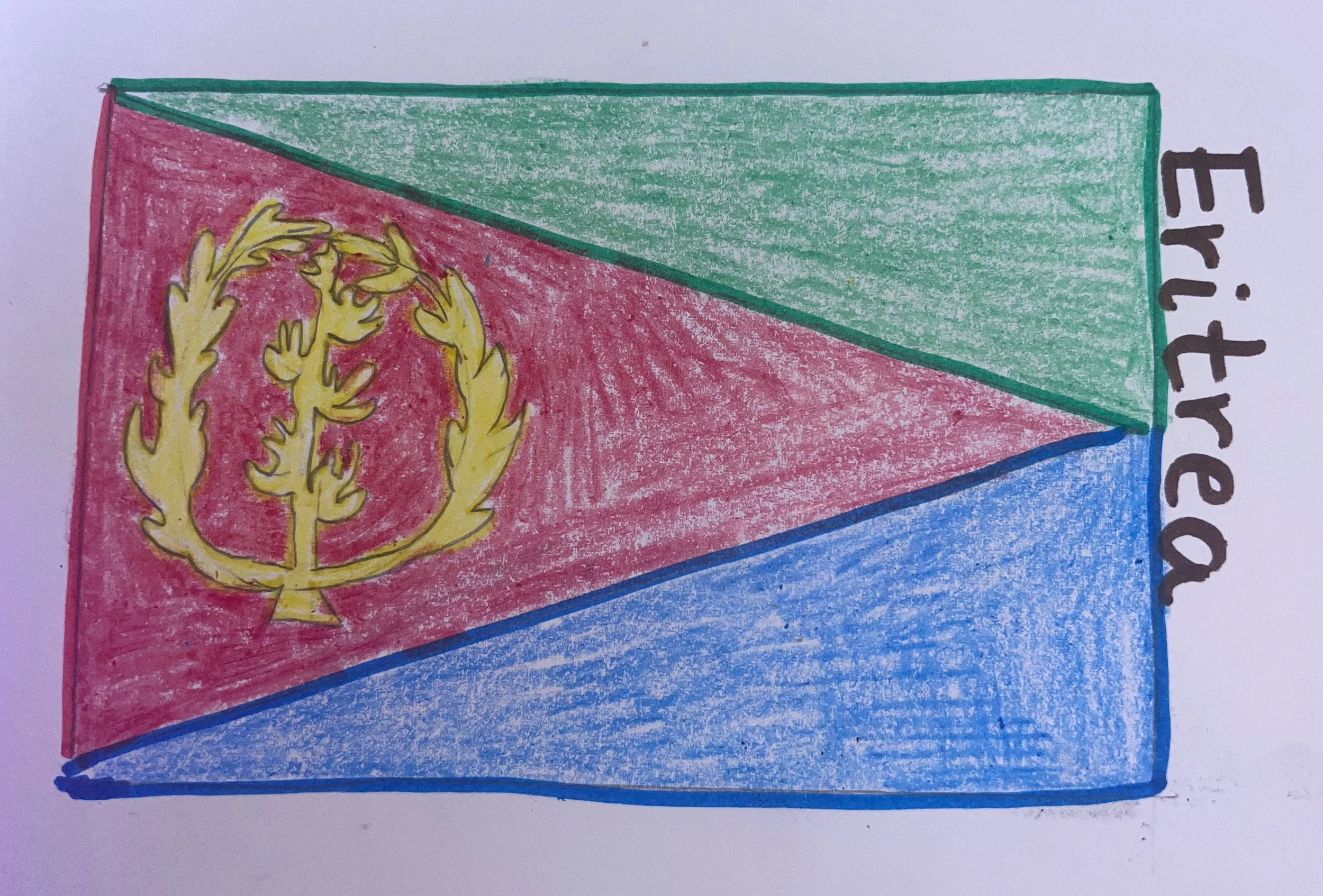Pharaohs to Cocoa
Ursula Kohaupt’s quote “Chocolate is happiness you can eat” on a letter board that is in front of a dandelion-knit blanket
Editor’s note: This post will continue to evolve as I do.
Welcome travel seekers and curious souls. From the pyramids of the Nile to the cocoa fields of the coast, these nations hold stories far older than empires, and yet, many of us could barely find them on a map. In this chapter of the Around the World series, we’re traveling through six African nations with deep heritage and powerful identities: Côte d’lvoire, Democratic Republic of the Congo, Djibouti, Egypt, Equatorial Guinea, and Eritrea.
Each of these countries carries a different piece of Africa’s soul, from the sands of ancient kingdoms to the lush forests where cocoa, music, and language intertwine. Their histories are layered, their cultures alive, and their names reminders that geography is more than memorization, its connection.
Below, we’ll meet each of these six nations. Their flags, locations, and a few facts that reveal just how much history can fit inside a single border.
Hand drawn flag of Côte d’Ivoire
CÔTE D’LVOIRE
Official name: The Republic of Côte d’lvoire (The English translation is Ivory Coast, but the government requests to be called by its official name)
Pronunciation: Koh-tdee-vwahr
Capital: Yamoussoukro
Official language: French
Location: On the Western coast in the Northern Hemisphere
Surrounding countries: Guinea, Mali, Burkina Faso, and Ghana
Climate: Tropical
Most known for: Being the world’s leader of producing cocoa and a significant coffee producer, according to Oxford’s Business Group’s, How Côte d’lvoire is positioning itself as a tourism destination. A cocoa plant produces cocoa beans. These beans are then used to produce chocolate, cocoa powder, and cocoa butter.
Fun fact: Within Côte d’lvoire, there is the world’s largest church by exterior area. It is known as the Basilica of Our Lady of Peace in Yamoussoukro. It covers an area over 320,000 square feet and has a 489 foot tall dome. For more information about the church, read Atlas Obsura’s “Basilica of Our Lady of Peace of Yamoussoukro” here.
Recent news article: Côte d’loire bans protests after opposition leaders barred from vote
My knowledge: I found it easier to remember Côte d’lvoire as Ivory Coast at first. Other than that, I am not knowledgable in regard to the country, but I am interested in learning more
Hand drawn flag of DRC
DEMOCRATIC REPUBLIC OF THE CONGO
Official name: Democratic Republic of the Congo
Pronunciation: deh-muh-kra-tuhk ruh-puh-bluhk uhv kaang-gow
Capital: Kinshasa
Official Language: French
Location: In Central Africa, right at the equator. Making it a part of both the Northern Hemisphere and the Southern Hemisphere
Surrounding countries: Republic of the Congo, Central African Republic, South Sudan, Uganda, Rwanda, Burundi, Tanzania, Zambia, and Angola.
Climate: Tropical
Most known for: Its vast natural resources of cobalt (world’s leading), deposits of copper, and rich diamonds
Fun fact: The capital of DRC Kinshasa shares the world’s closest capital city proximity in the world with Republic of Congo’s capital, Brazzaville. They’re separated by only a river
Recent news article: The Democratic Republic of Congo to create the Earth’s largest protected tropical forest preserve
My knowledge: I am not too familiar with DRC
Hand drawn flag of Djibouti
DJIBOUTI
Official name: The Republic of Djibouti
Pronunciation: juh-boo-tee
Capital: Djibouti City
Official language: French and Arabic
Location: In East Africa in the Northern Hemisphere.
Surrounding countries: Ethiopia, Eritrea, and Somalia
Climate: Dry
Most known for: A few things but most notably a unique salt lake called Lake Assal. It’s a crater lake and it is one of the saltiest bodies of water on Earth
Fun fact: It’s the prime location for spotting whale sharks. So, if sharks of any kind intrigue you, visit the waters around Djibouti
Recent news article: Djibouti Receives 28 New Garbage Trucks to Enhance Public Sanitation
My knowledge: I’m not familiar with Djibouti, outside of the country’s location and spelling
Hand drawn flag of Egypt
EGYPT
Official name: The Arab Republic of Egypt
Pronunciation: ee-juhpt
Capital: Cairo
Official language: Arabic
Location: Northeastern corner of Africa and Southwest corner of Asia. Also, considered to be part of the MENA (Middle East & North Africa) region.
Surrounding countries: Libya, Israel, and, Sudan
Climate: Desert
Most known for: Ancient Egyptian civilization, such as Pyramids of Giza and Sphinx
Fun fact: Ancient Egyptians invented many items we still use today, including 365 day calendar, clocks, early forms of toothpaste and paper.
Recent news article: Egypt reopens Amenhotep III’s tomb after 20 years of renovations
My knowledge: Ever since learning about Egyptian hieroglyphs in school, I’ve had a passion to learn more about the world, not only Egypt. It is one of many countries I would love to visit. Other knowledge I have about Egypt is the hydroelectric dam that was being built with Ethiopia as I learned about it in one of the classes I took.
Hand drawn flag of Equatorial Guinea
EQUATORIAL GUINEA
Official name: Republic of Equatorial Guinea
Pronunciation: eh-kwuh-taw-ree-uhl gi-nee
Capital: Malabo
Official language: Spanish, French, and Portuguese.
Location: Central African country on the West coast right above the equator in the Northern Hemisphere
Surrounding countries: Cameroon and Gabon and near island country of São Tomé and Principe
Climate: Tropical
Most known for: Traditional sculptures and mask making as Don Leandro Mbomio Nsue was one of the most famous sculptors and artists in the country. Here is more information of his work from Embassy of the Republic of Equatorial Guinea in the United Kingdom’s website
Fun fact: Known for being the only-Spanish speaking country in Africa.
Recent news article: Captain Fanplastic sets sail in Equatorial Guinea for a new partnership with Unicef
My knowledge: The only bit of information I have prior to this about Equatorial Guinea is that there are four countries in the world that have Guinea in their name, and this is one. Otherwise, I don’t often hear Equatorial Guinea mentioned often as an American.
Hand drawn flag of Eritrea
ERITREA
Official name: The State of Eritrea
Pronunciation: eh-ruh-tree-uh
Capital: Asmara
Official language: Does not have an official language similarly to the USA. However, their constitution guarantees equality to all Eritrean languages. Tigrinya and Arabic are the primary learning languages while English is used elsewhere.
Location: It’s in Northeast Africa in the Northern Hemisphere.
Surrounding countries: Sudan, Ethiopia, and Djibouti.
Climate: Dry, desert
Most known for: Rich ancient history
Fun fact: Cycling is a big part of the Eritrean culture, which started under Italian rule
Recent news article: International Older Persons Day observed & World Teachers’ Day Observed at National Level
My knowledge: I’m not familiar with Eritrea
From ancient pyramids along the Nile to the cocoa fields lining Africa’s western shores, these nations remind us that history isn’t something we leave behind, it’s something we live within. Pharaohs to Cocoa is more than a glimpse into six African countries, it’s a window into how legacy, language, and culture shape the heartbeat of a continent.
If you’re from, have lived in, or have ever visited Côte d’lvoire, the Democratic Republic of the Congo, Djibouti, Egypt, Equatorial Guinea, or Eritrea, I’d love to learn from your perspective of y our memories, insights, or even how it felt to stand in these places.
As we continue the Around the World Series, I invite you to follow along every Monday, Wednesday, and Friday as we we continue to explore new countries and uncovering new stories.
Lesson for the flight: Geography isn’t just about where places are, it’s about understanding why they matter. The more we learn about the world, the more we expand our sense of connection, empathy, and possibility.
Share this post, tag a friend who loves learning about the world, or drop a comment if one of these countries means something to you. Let’s keep discovering, together.
For further climate information, check out NOAA’s “What Are the Different Climate Types?” here.
As a signature of my blog, I’d like to end this post with a suggestion to “Pass on kindness.” There’s no time like the present to Inspire Those Who Inspire You. Acts of kindness, no matter how big or small, can have a direct, positive impact on someone else. Go out there today and change someone’s life for the better!
***These are my personal opinions and may not be those of my employer.***




